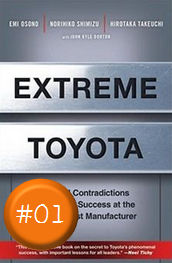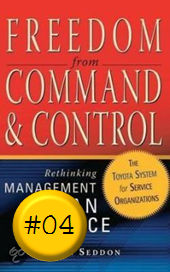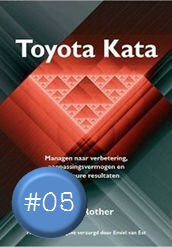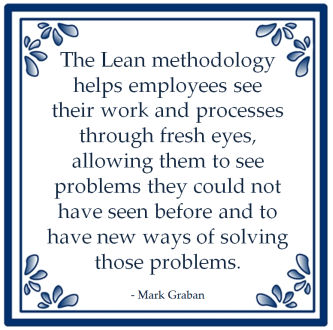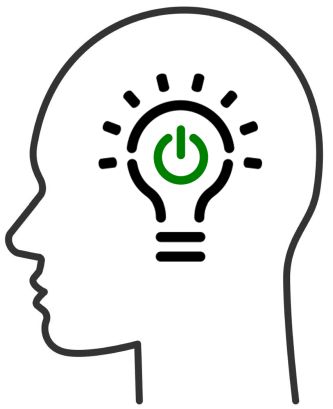
Julie Dirksen beschrijft in haar boek Design for How People Learn dat het van belang is te weten wát de 'gap' is die maakt dat iemand niet succesvol is. Het is te simpel om ervan uit te gaan dat het altijd gaat om kennis!
![]()
Learning experiences are like journeys. The journey starts where the learner is now, and ends when the learner is succesful (however that is defined). The end of the journey isn't just knowing more, it's doing more.
(...)
Where's the gap
There's a gap between a learner's current situation and where they need to be in order to be succesful. Part of that is probably a gap in knowledge, but ... there are other types of gaps as well (skill gaps, motivation gaps, habit gaps, environment gaps and communication gaps).
If you can identify those gaps, you can design better learning experiences.
(...)
Knowledge gaps
Information is the equipment your learners need to have in order to perform. Having information doesn't accomplish anything by itself. Something is accomplished when the learner uses that information to do things.
Basically, you want your learners to have the right supplies for their journey. ... [A bennefit] from the information age is that you don't necessarily need your learners to carry all the information the whole way on their journey. If they can pick up less critical information as they go along, you can focus initially on the more critical knowledge that they really need to have with them the whole way.
As for all the rest of that information, think about how you can ach it for your learners so that they can easily pick it up when they need it. If they get the information when they really need it, they'll also appreciate it more.
(...)
Identifying and bridging gaps
So when you are mapping out the route, you need to ask yourself what the journey looks like.
Knowledge
• What information does the learner need to be successful?
• When along the route will they need it?
• What formats would best support that?
Skills
• What will the learners need to practice to develop the needed proficiencies?
• Where are their opportunities to practice?
Motivation
• What is the learner's attitude toward the change?
• Are they going to be resistant to changing course?
Habits
• Are any of the required behaviors habits?
• Are there existing habits that will need to be unlearned?
Environment
• What in the environment is preventing the learner from being successful?
• What is needed to support them in being successful?
Communication
• Are the goals being clearly communicated?
Bron: Design for How People Learn, Julie Dirksen







